Understanding Rollerball Pens: A Comprehensive Guide

Rollerball pens are a popular writing instrument that combines the best features of both fountain pens and ballpoint pens. They offer a smooth writing experience with vibrant ink colors, making them a favorite among writers, artists, and office workers alike.
Dissecting a Rollerball Pen: Key Components
A rollerball pen consists of three primary parts: the pen body, the ink chamber, and the rollerball nib.
The Pen Body
The pen body is the external shell that encloses the ink chamber and rollerball nib. It is usually crafted from plastic, metal, or a blend of both materials. The pen body is designed with comfort and ergonomics in mind, ensuring a pleasant grip during extended writing sessions.
The Ink Chamber
The ink chamber is the tube or cartridge that contains the ink. Rollerball pens commonly use either liquid ink or gel ink, each with unique properties that contribute to the pen's overall performance.
The Rollerball Nib
The rollerball nib is the small, rotating sphere located at the end of the pen used for writing. It is responsible for transferring ink from the chamber onto the paper. The rollerball is typically made of stainless steel, ceramic, or tungsten carbide, materials known for their durability and resistance to wear.
How does a Rollerball Pen Work?
The Difference is in the Ink!
A rollerball pen works similarly to a ballpoint pen, as it also uses a rotating ball in the tip to distribute ink onto paper while writing.
Typically made of Tungsten carbide or steel, the small ball is housed in a socket that connects it to the ink reservoir inside the pen's barrel.
The ball's rotation facilitates the transfer of water-based ink, which has a low viscosity, onto the paper surface, resulting in a writing line that is notably smoother.
In contrast to a ballpoint pen, the rollerball pen's ink flows more freely from its internal reservoir with little resistance, owing to the lower viscosity of its ink.
The History of Rollerball Pens
The Inception of Rollerball Pens
The rollerball pen was invented in the 1960s by a German firm called OHTO. The pen was created to offer a smoother and more fluid writing experience than traditional ballpoint pens, which were known for their thick, oil-based ink and inconsistent writing performance.
The Progression of Rollerball Pen Technology
Over time, rollerball pen technology has advanced significantly. Today's rollerball pens feature cutting-edge ink formulations, precision-engineered nibs, and ergonomic designs, making them even more dependable and enjoyable to use than their early predecessors.
Ink Varieties in Rollerball Pens
Rollerball pens utilise two main types of ink: liquid ink and gel ink.

Liquid Ink
Liquid ink is a water-based ink that delivers a smooth and consistent flow, akin to that of a fountain pen. This type of ink is recognized for its bright color and ability to create fine lines. However, liquid ink can sometimes be prone to smudging and bleeding, particularly on lower-quality paper.
Gel Ink
Gel ink is a thicker, water-based ink that contains pigment particles suspended in a gel medium. This type of ink offers the smoothness of liquid ink but with increased resistance to smudging and bleeding. Gel ink is also available in an extensive range of colors, including metallic and glitter options.
Advantages of Rollerball Pens
Rollerball pens offer several benefits that make them a sought-after choice for writing enthusiasts.
Fluid Writing Experience
One of the most significant advantages of rollerball pens is their fluid writing experience. The liquid or gel ink flows effortlessly from the nib, allowing for seamless writing that requires minimal pressure.
Vibrant Ink Colors
Rollerball pens are renowned for their vivid ink colors. Both liquid and gel inks are available in a wide variety of hues, enabling users to express themselves creatively through their writing.
Comfort and Ergonomic Design
Contemporary rollerball pens are designed with ergonomics and comfort in mind. They often feature contoured grips and balanced weights, making them comfortable to hold and use for extended periods.
Drawbacks of Rollerball Pens
While rollerball pens boast many advantages, they also come with a few drawbacks.
Ink Smudging and Bleeding
As mentioned earlier rollerball pens can sometimes be prone to smudging and bleeding, particularly when using liquid ink. This can be an issue for left-handed writers or when using low-quality paper.
Ink Usage
Rollerball pens tend to consume ink more quickly than ballpoint pens due to their free-flowing nature. This may lead to more frequent ink refills or cartridge replacements, which can be a drawback for some users.
Comparing Rollerball and Ballpoint Pens
When choosing between rollerball and ballpoint pens, it's essential to consider the differences in writing experience and ink composition.

Writing Experience Differences
Rollerball pens offer a smoother, more fluid writing experience than ballpoint pens. They require less pressure to write, making them a popular choice for those who write for extended periods.
Ballpoint pens, on the other hand, use a thicker, oil-based ink that may not provide the same level of smoothness as rollerball pens. However, they are less prone to smudging and generally have longer-lasting ink.
Ink Composition
As previously mentioned, rollerball pens use either liquid or gel ink, while ballpoint pens use oil-based ink. This difference in ink composition affects the writing experience, ink longevity, and potential for smudging and bleeding.
Selecting the Perfect Rollerball Pen
When choosing a rollerball pen, consider the following factors:
Factors to Consider
- Ink type (liquid or gel)
- Nib size (fine, medium, or bold)
- Pen body material (plastic, metal, or a combination)
- Grip design (contoured, rubberised, or textured)
- Price range
Leading Rollerball Pen Brands
Some well-known rollerball pen brands include:
- Montblanc (Germany)
- Pelikan (Germany)
- Parker (France)
- Cross (USA)
- Sheaffer (USA)
- Lamy (Germany)
- Kaweco (Germany)
Research and compare various rollerball pens to find the one that best suits your needs and preferences.
Conclusion
In conclusion, rollerball pens are versatile writing instruments that combine the fluid writing experience of a fountain pen with the convenience and reliability of a ballpoint pen. With various ink types, vibrant colors, and ergonomic designs, rollerball pens cater to a wide range of writing needs. Keep in mind the benefits and drawbacks of rollerball pens when selecting the perfect pen to suit your requirements. With the right choice, you'll enjoy a pleasant writing experience that will leave a lasting impression.
Explore Rollerball Pens @ KSGILLS.com

![[Appreciation Gifts 2023] KSG set - Double Pen SET - Parker IM Rollerball & Ballpoint Pen - [Various Colours] - KSGILLS.com | The Writing Instruments Expert](http://ksgills.com/cdn/shop/files/WhatsAppImage2023-08-19at3.14.43PM.jpg?v=1764419608&width=900)
![[Appreciation Gifts 2024] KSG set - Double Pen SET - Parker IM Rollerball & Ballpoint Pen - [Various Colours] - KSGILLS.com | The Writing Instruments Expert](http://ksgills.com/cdn/shop/files/ksgills-fathers-day-gift-set.png?v=1764419608&width=1000)
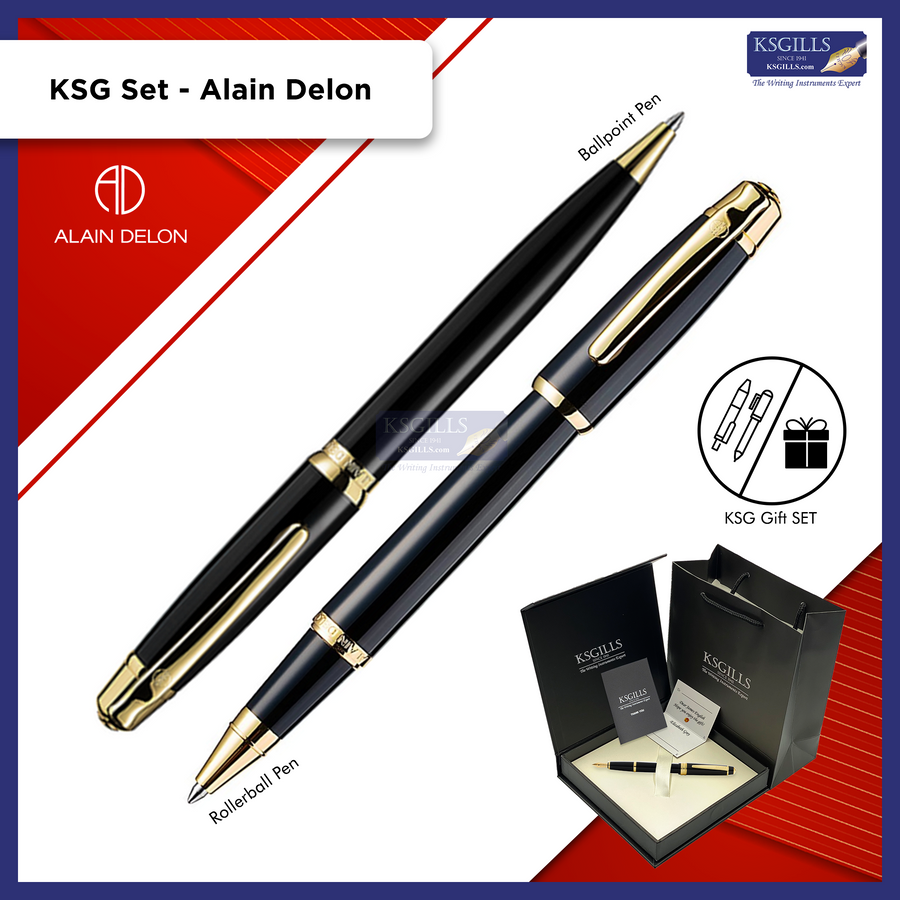
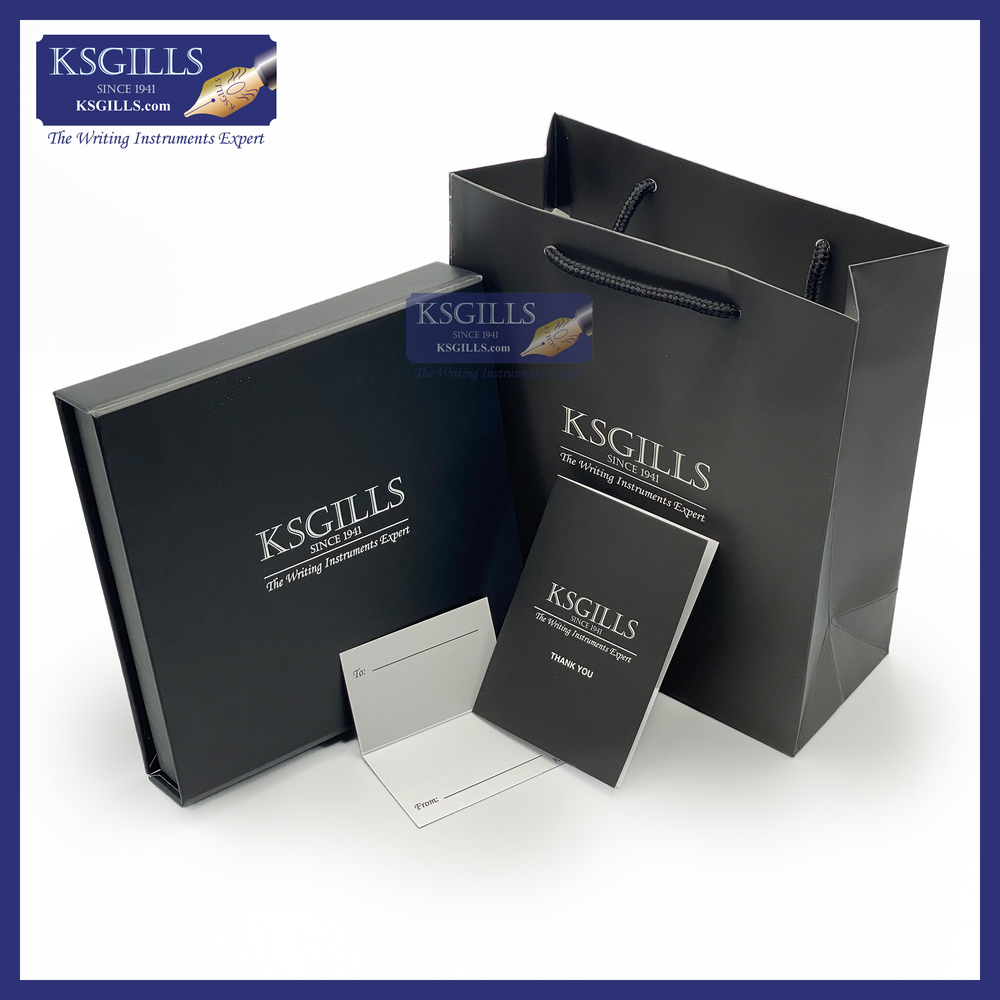

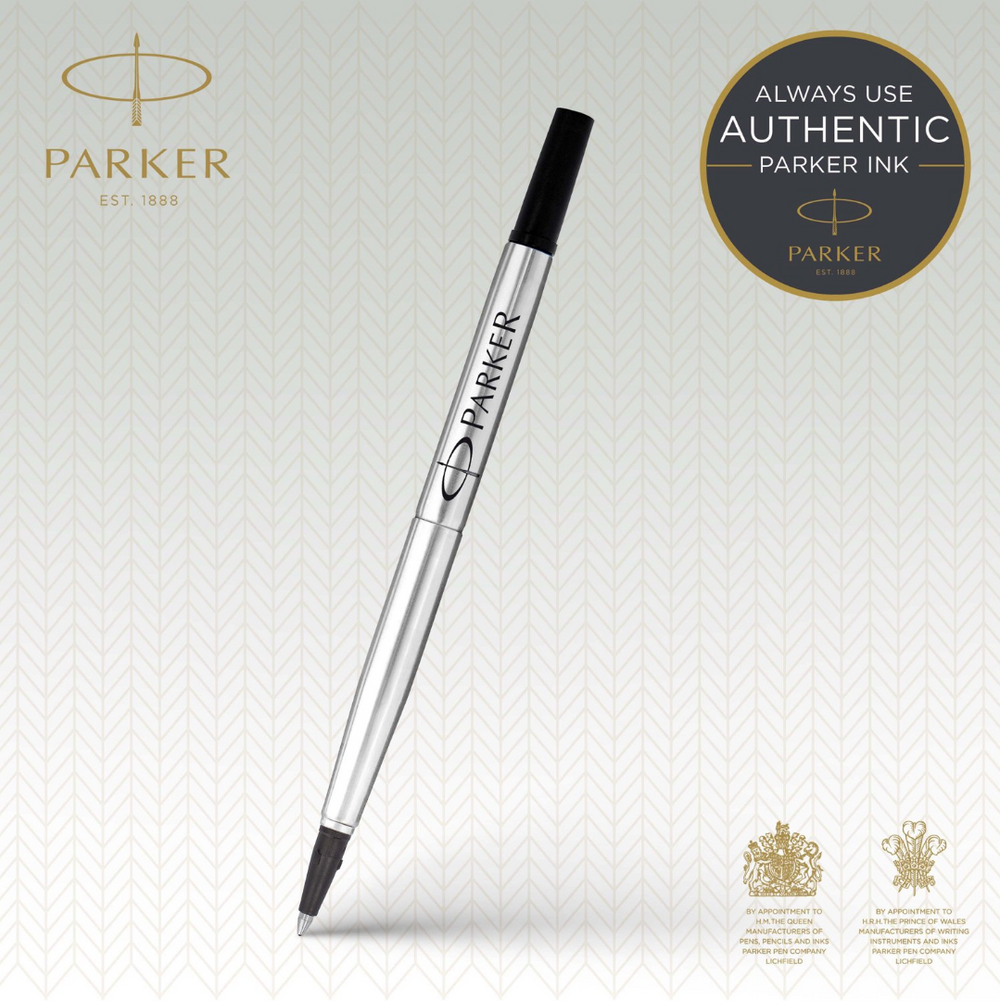
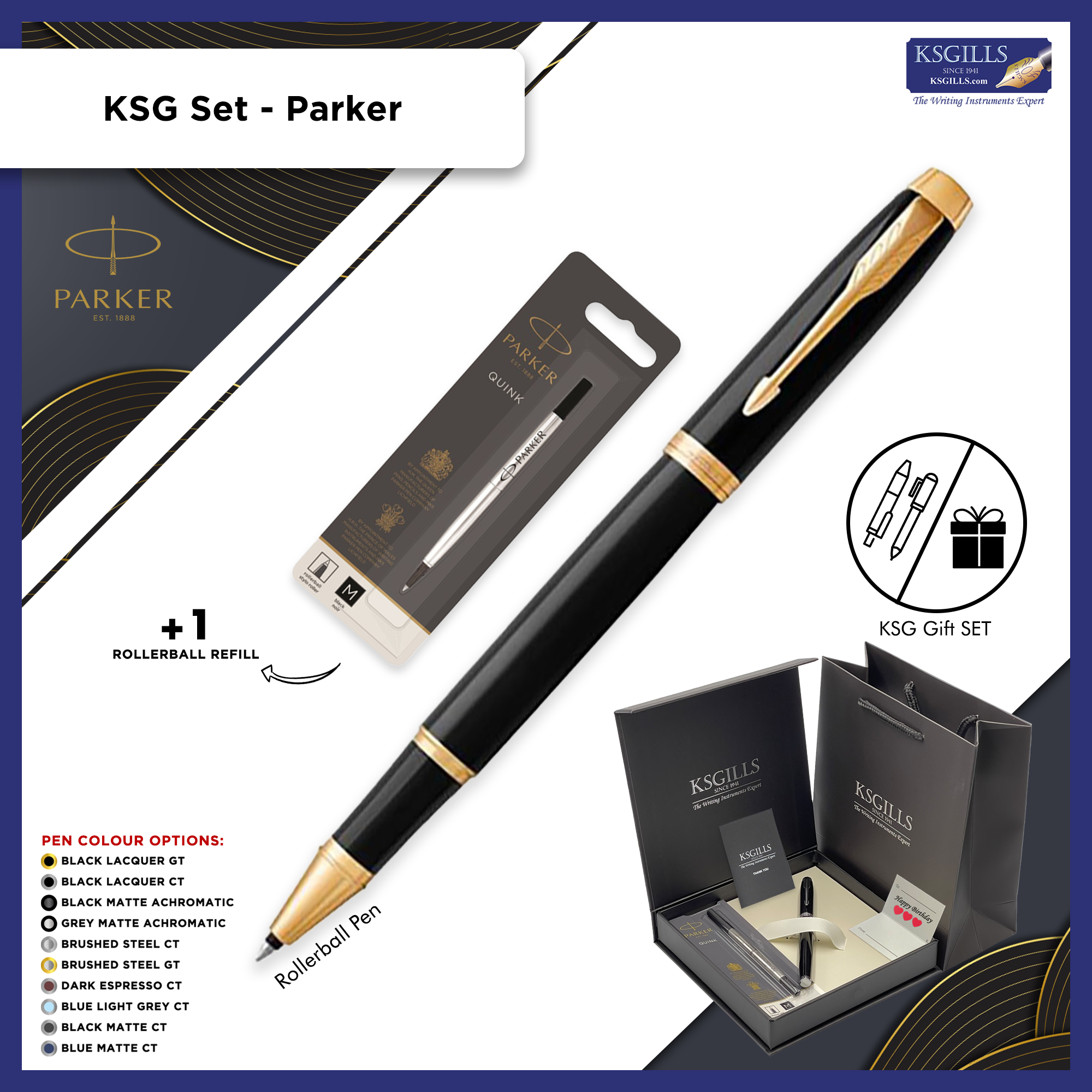
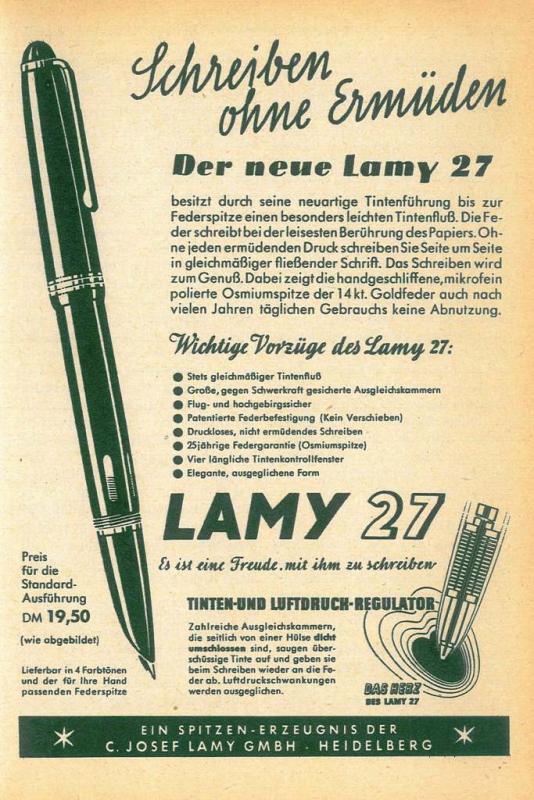

![KSG set - Double Pen SET - Parker IM Fountain & Ballpoint Pen - [Various Colours] - KSGILLS.com | The Writing Instruments Expert](http://ksgills.com/cdn/shop/products/THUMBAIL_KSGGiftSet-ParkerIM-BlackGold-FP_BP-Main.png?v=1659158551&width=900)
![KSG set - Double Pen SET - Parker IM Fountain & Ballpoint Pen - [Various Colours] - KSGILLS.com | The Writing Instruments Expert](http://ksgills.com/cdn/shop/products/BlackGold.png?v=1693741987&width=1000)
Leave a comment